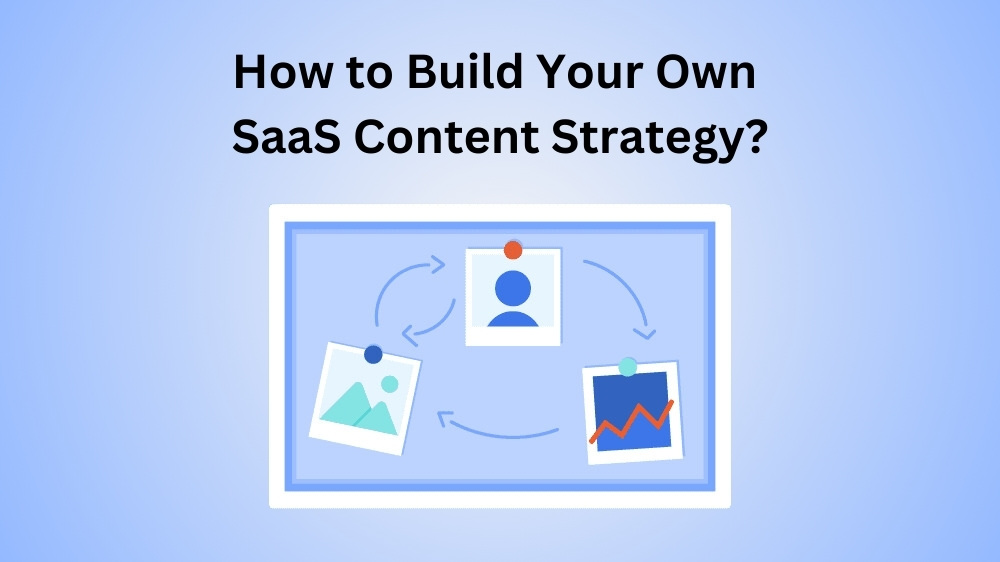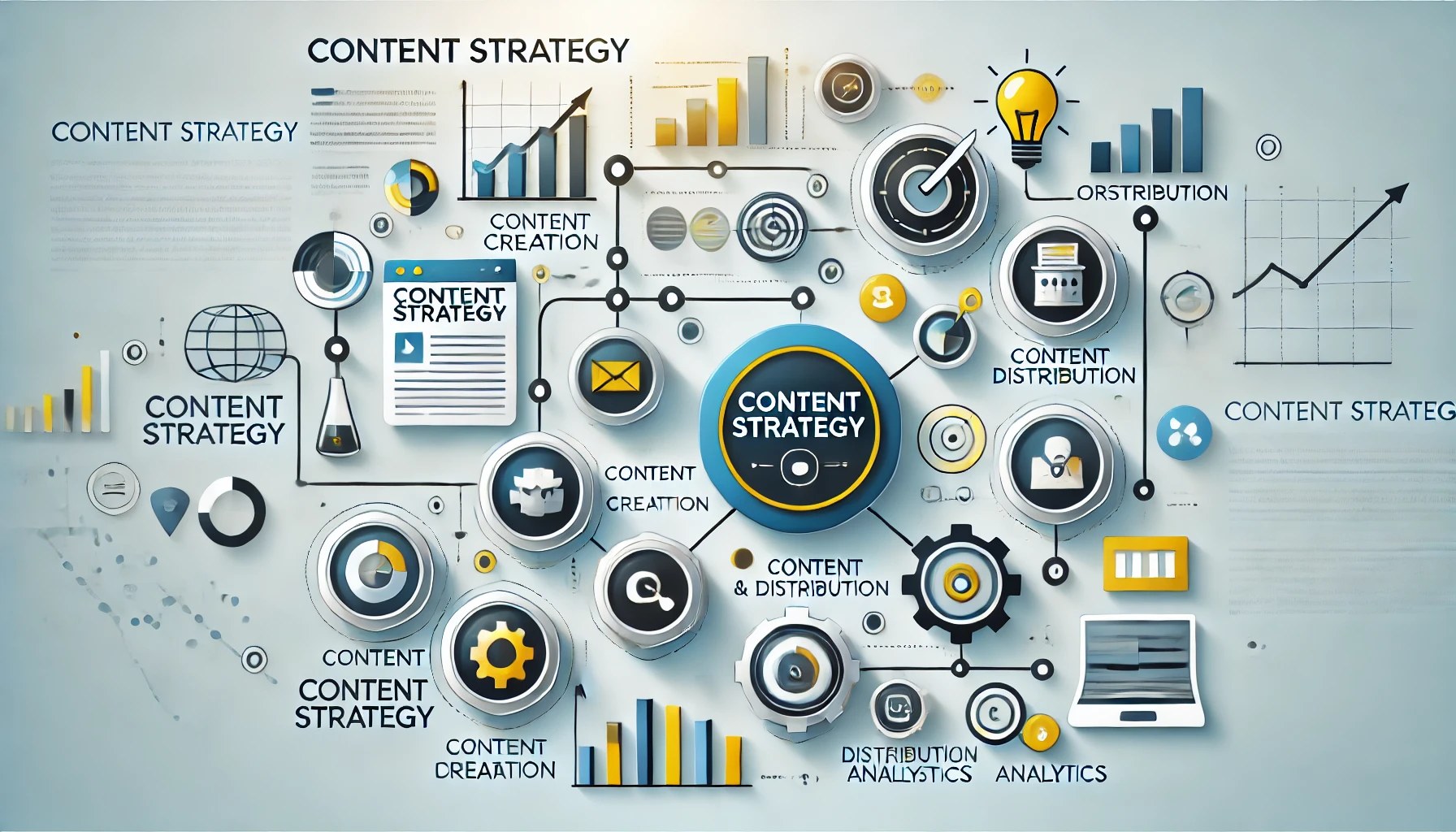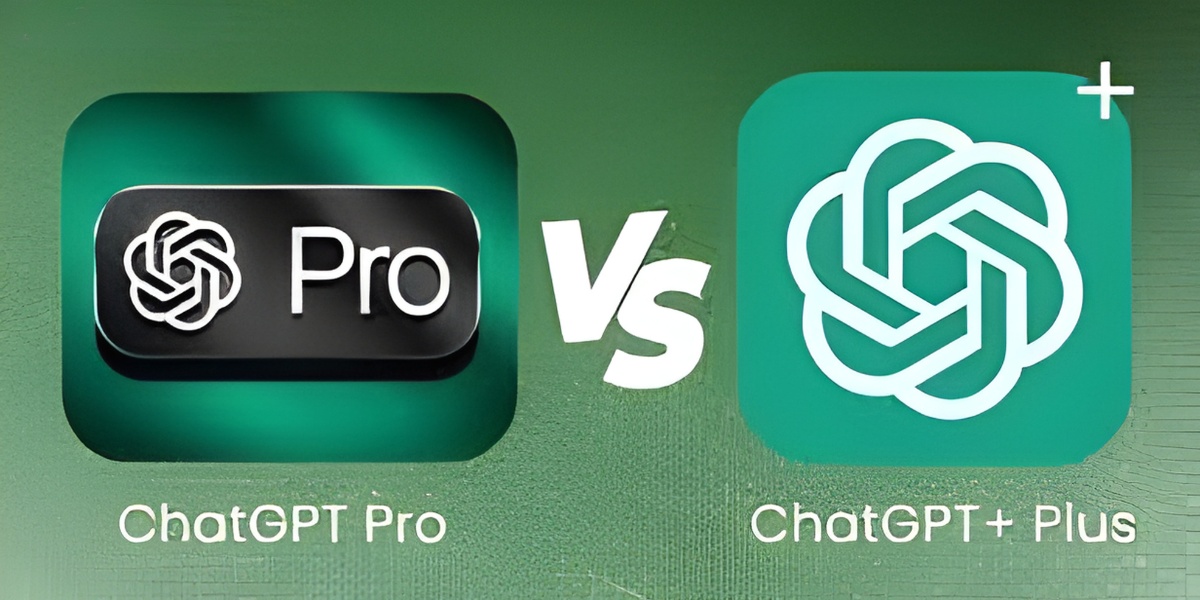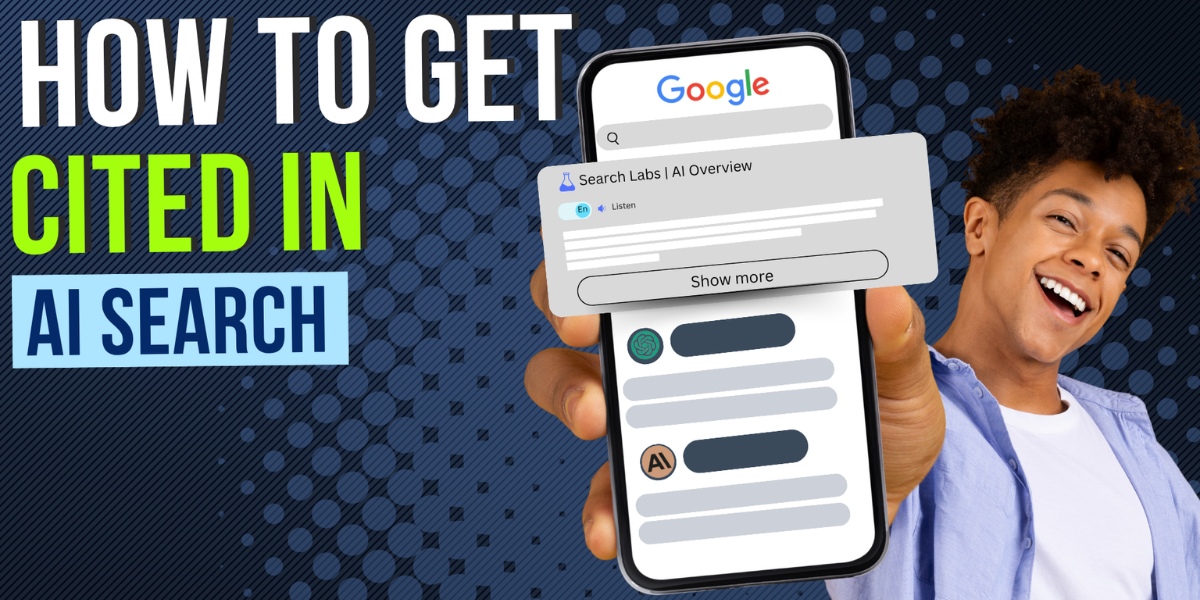In today’s competitive SaaS landscape, a well-created content strategy is essential for attracting and engaging your target audience, driving organic traffic, and ultimately boosting conversions.
A comprehensive SaaS content strategy goes beyond simply creating blog posts; it involves understanding your audience’s pain points, mapping content to the customer journey, and leveraging various types of content to achieve your SaaS marketing goals.
At VH Info, we specialize in helping SaaS companies develop and execute effective content strategies that drive results.
In this ultimate guide, we’ll walk you through the key components of a winning SaaS content strategy and provide actionable tips to help you optimize your SEO content topics and marketing efforts.
What is a SaaS Content Strategy?

A SaaS content strategy is a comprehensive plan that outlines how you will use content to attract, engage, and convert your target audience.
It involves identifying the types of content that resonate with your audience at different stages of the buyer’s journey and creating a content calendar to ensure consistent and targeted content creation.
An effective SaaS content strategy should align with your overall business goals, such as increasing brand awareness, generating leads, or driving product adoption.
Why is a SaaS Content Strategy Important For Businesses?

Implementing a robust SaaS content strategy offers numerous benefits for businesses, including:
- Attracting Qualified Leads: Creating content that targets specific keywords and addresses your audience’s pain points can attract high-quality leads who are more likely to convert into paying customers.
- Boosting Organic Traffic: A well-executed content strategy that includes SEO best practices can help improve your google search engine rankings, driving more organic traffic to your website.
- Establishing Thought Leadership: Consistently producing valuable content that showcases your expertise can position your brand as a thought leader in your industry, building trust and credibility with your target audience.
- Supporting the Customer Journey: A comprehensive content strategy ensures that you have content tailored to each stage of the buyer’s journey, from awareness to consideration to decision, helping to nurture leads and guide them toward conversion.
- Improving Customer Retention: Creating content that helps customers get the most out of your SaaS product, such as tutorials and best practices, can improve customer satisfaction and reduce churn.
The 7 Pillars of SaaS Content Strategy

To create a winning SaaS content strategy, focus on these seven key pillars:
- Identify Your Audience: The foundation of any successful content strategy is a deep understanding of your target audience. Conduct thorough research to develop detailed buyer personas that include demographics, pain points, goals, and content preferences.
- Identify Your Distribution Channels: Determine the most effective channels for reaching your target audience, such as your website, social media platforms, email marketing, or industry publications. Tailor your content to each channel’s unique requirements and audience preferences.
- Build a Growth Model: Create a content growth model that predicts the potential impact of your SaaS content marketing efforts on key metrics like organic traffic, lead generation, and revenue. Use this model to set realistic goals and allocate resources effectively.
- Map Out a Plan to Dominate Your Distribution Channel: Develop a content plan that uses your strengths and targets your chosen distribution channels. This may include a mix of blog posts, whitepapers, case studies, webinars, and other types of content designed to engage your audience and drive results.
- Promote Like Crazy: Creating great content is only half the battle; you also need to promote it aggressively to ensure it reaches your target audience. Use social media, email marketing, influencer partnerships, and paid advertising to amplify your content’s reach.
- Aim, Fire, Optimize: Continuously monitor and analyze your content’s performance using tools like Google Analytics. Use these insights to optimize your content strategy, doubling down on what works and pivoting away from what doesn’t.
- Scale, Scale, Scale: As you refine your content strategy and start seeing results, look for opportunities to scale your efforts. This may involve expanding your content team, exploring new content formats, or targeting additional distribution channels.
How to Build Your Own SaaS Content Strategy?

Now that you understand the key components of a SaaS content strategy, let’s walk through the steps to create your own:
- Define Key Metrics & Objectives: Start by defining the key metrics and objectives that will guide your content strategy. These may include organic traffic, lead generation, conversion rates, or customer retention. Ensure that your objectives are specific, measurable, achievable, relevant, and time-bound (SMART).
- Spell Out Your Brand Story and Product USPs: Clearly articulate your brand story and your SaaS product’s unique selling points (USPs). This will help ensure that your content consistently communicates your brand’s value proposition and resonates with your target audience.
- Complete Jobs to Be Done Exercise: Conduct a “Jobs to Be Done” exercise to identify the specific tasks, goals, and challenges that your target audience faces. This will help you create content that addresses their pain points and positions your SaaS product as the solution.
- Identify Your Audience and Develop Buyer Personas: Use the insights from your Jobs to Be Done exercise to develop detailed buyer personas that represent your ideal customers. Include information like demographics, job titles, goals, challenges, and content preferences.
- Scan Competitive Landscape: Analyze your competitors’ content strategies to identify gaps and opportunities. Look for ways to differentiate your content and provide unique value to your target audience.
- Conduct Keyword Research With Search Intent in Mind: Use tools like Google Keyword Planner and Ahrefs to identify the keywords and phrases that your target audience is searching for. Prioritize keywords with high search volume and low competition, and group them by search intent (informational, navigational, commercial, or transactional).
- Perform a SaaS Content Audit To See Where Your Gaps & Opportunities Are: Conduct a thorough audit of your existing content to identify gaps and opportunities. Look for content that can be updated, repurposed, or expanded to better align with your content strategy.
- Map Content to All Stages of the Funnel: Create a content map that aligns specific types of content with each stage of the buyer’s journey (awareness, consideration, decision, and retention). Ensure that you have a funnel content tailored to each stage to guide prospects towards conversion – Top of the Funnel, Middle of the funnel and bottom of the funnel content.
- Organize Everything in an Editorial Calendar: Use a tool like Trello, Asana, or CoSchedule to create an editorial calendar that outlines your content production schedule. Include details like topic, format, target keywords, and publication date to keep your team organized and on track.
- Launch Lead Nurturing Workflows: Develop lead nurturing workflows that use targeted content to guide prospects through the buyer’s journey. Use marketing automation tools to trigger personalized content based on user behavior and engagement.
- Build Backlinks and Boost Authority: Include link-building strategies into your content strategy to boost your website’s authority and improve your search engine rankings. Focus on creating high-quality, shareable content that naturally attracts backlinks from reputable sources.
- Deploy Content Promotion and Distribution: Promote your content aggressively using a mix of owned, earned, and paid channels. Share your content on social media, use email marketing, and consider paid advertising to amplify your reach.
Common Pitfalls That Can Occur Without a SaaS Content Strategy
Without a well-defined SaaS content strategy, businesses may encounter several pitfalls, including:
- Lack of Focus: Without a clear understanding of your target audience and their needs, your content may lack focus and fail to resonate with readers.
- Inconsistent Messaging: Inconsistent messaging across different piece of content can confuse your audience and dilute your brand’s value proposition.
- Missed Opportunities: Without a comprehensive content strategy, you may miss opportunities to create content that addresses key pain points or targets high-value keywords.
- Poor Content Performance: Content created without a strategic framework may fail to achieve your desired organic search results, such as driving organic traffic or generating leads.
- Wasted Resources: Without a clear plan and objectives, you may invest time and resources into creating marketing content and distribution strategy that doesn’t align with your business goals or target audience’s needs.
Tools to Make Working On SaaS Content Easier

To streamline your content creation and promotion processes, consider using these helpful tools in your marketing funnel:
Systemizing the Production Process
- Trello: Trello is a visual collaboration tool that helps teams organize and prioritize their content production tasks. Use Trello boards to create content calendars, assign tasks, and track progress.
- CoSchedule: CoSchedule is an all-in-one content marketing platform that helps teams plan, execute, and optimize their content strategies. Features include a content calendar, task management, and social media scheduling.
- Asana: Asana is a project management tool that helps teams coordinate tasks, deadlines, and communication. Use Asana to create content workflows, assign tasks, and collaborate with your team.
- Slack: Slack is a team communication platform that allows for real-time messaging, file sharing, and integration with other tools. Use Slack to streamline communication and collaboration among your content team.
Writing and SEO
- Airstory: Airstory is a writing tool that helps content creators organize their research, collaborate with team members, and streamline the writing process. Features include a drag-and-drop outline builder and integration with WordPress.
- Google Docs: Google Docs is a free, cloud-based word processing tool that allows for real-time collaboration and commenting. Use Google Docs to draft, edit, and share your content with team members.
Tracking Results
- Google Campaign URL Builder: Google Campaign URL Builder is a free tool that helps you create custom URLs for tracking the performance of your content promotion campaigns. Use these URLs to measure the effectiveness of your social media, email, and paid advertising efforts.
- Google Analytics: Google Analytics is a powerful web analytics platform that helps you track and analyze your website traffic, user behavior, and content performance. Use Google Analytics to measure the impact of your content strategy and identify opportunities for optimization.
- Pipedrive: Pipedrive is a sales CRM that helps teams track and manage their leads and deals. Use Pipedrive to measure the impact of your content on lead generation and sales.
- Profitwell by Paddle: Profitwell is a subscription analytics platform that helps SaaS businesses track and optimize their revenue growth. Use Profitwell to measure the impact of your content on customer acquisition and retention.
- Mention: Mention is a media monitoring tool that helps you track mentions of your brand, competitors, and industry keywords across the web. Use Mention to measure the impact of your content on brand awareness and reputation.
Content Promotion
- Buffer: Buffer is a social media management platform that helps you schedule, publish, and analyze your social media content. Use Buffer to streamline your social media promotion efforts and measure the impact of your content on social engagement.
- Mailchimp: Mailchimp is an email marketing platform that helps you create, send, and track email campaigns. Use Mailchimp to promote your content to your email subscribers and measure the impact on engagement and conversions.
- Hootsuite: Hootsuite is a social media management platform that helps you schedule, publish, and monitor your social media content. Use Hootsuite to streamline your social media promotion efforts and engage with your audience across multiple platforms.
Examples of SaaS Companies With Great Content Marketing

To inspire your own SaaS content strategy, look to these companies that excel at content marketing:
- HubSpot: HubSpot is a master of inbound marketing, using a mix of blog posts, ebooks, webinars, and courses to attract and engage its target audience.
- Moz: Moz is a leader in the SEO space, known for its informative blog posts, whitepapers, and industry reports that showcase its expertise and thought leadership.
- Intercom: Intercom uses a mix of blog posts, podcasts, and customer success stories to educate and inspire its audience while showcasing the value of its customer communication platform.
- Ahrefs: Ahrefs is a go-to resource for SEO and content marketing insights, thanks to their data-driven blog posts, tutorials, and case studies that showcase the power of their tools.
- Drift: Drift uses a mix of blog posts, video content, and interactive content to engage its audience and showcase the value of its conversational marketing platform.
FAQ’s:
What Are the 3Cs of Content Strategy?
The three C’s of content strategy are:
- Creation: Develop high-quality, valuable content that resonates with your target audience and aligns with your business goals.
- Curation: Identifying and sharing relevant, third-party content that adds value to your audience and supports your brand’s messaging and helps your reach a wider audience.
- Collaboration: Working with internal teams, external partners, and industry influencers to create and promote content that amplifies your reach and impact.
What Does a Strong SaaS Content Strategy Plan Look Like?
A strong SaaS content strategy plan should include:
- Clear objectives and KPIs that align with your business goals.
- Detailed buyer personas that represent your ideal customers and their needs.
- A content map that aligns specific types of content with each stage of the buyer’s journey.
- An editorial calendar that outlines your content production schedule and responsibilities.
- A promotion and distribution plan that leverages a mix of owned, earned, and paid channels.
- A measurement and optimization framework that tracks your content’s performance and informs ongoing improvements.
What Role Does SEO Play in a Successful SaaS Content Strategy?
SEO plays an important role in a successful SaaS content strategy by:
- Driving organic traffic to your website through targeted keyword optimization.
- Improving your search engine rankings and visibility for key industry terms.
- Attracting qualified leads who are actively searching for solutions to their pain points.
- Establishing your brand’s authority and credibility through informative, high-quality content.
How Can Data Analytics Be Used to Optimize a SaaS Content Strategy?
Data analytics can be used to optimize a SaaS content strategy in several ways:
- Identifying top-performing content in terms of traffic, engagement, and conversions.
- Analyzing user behavior to identify opportunities for content optimization and personalization.
- Measuring the impact of your content on key metrics like lead generation and customer retention.
- Informing content ideation and planning based on audience interests and pain points.
- Tracking the ROI of your content marketing efforts to justify investment and allocate resources effectively.
Conclusion
So, you know, if you want to really amp up your SaaS content strategy, you gotta follow these steps.
It’s key for getting more eyes on your stuff, connecting with your peeps, and hitting those business goals. And hey, with the right tools and tricks, you can totally nail it and show everyone that you’re the top dog in your industry.
Over at VH Info, we’ve got a killer team of SaaS link building pros who can take your strategy to the next level. We’ll hook you up with all the good stuff – finding those sweet link opps, creating killer content that gets those backlinks, content distribution and boosting your marketing sales funnel’s overall credibility. Hit us up today and let’s chat about how we can help you crush it with your content marketing game.



